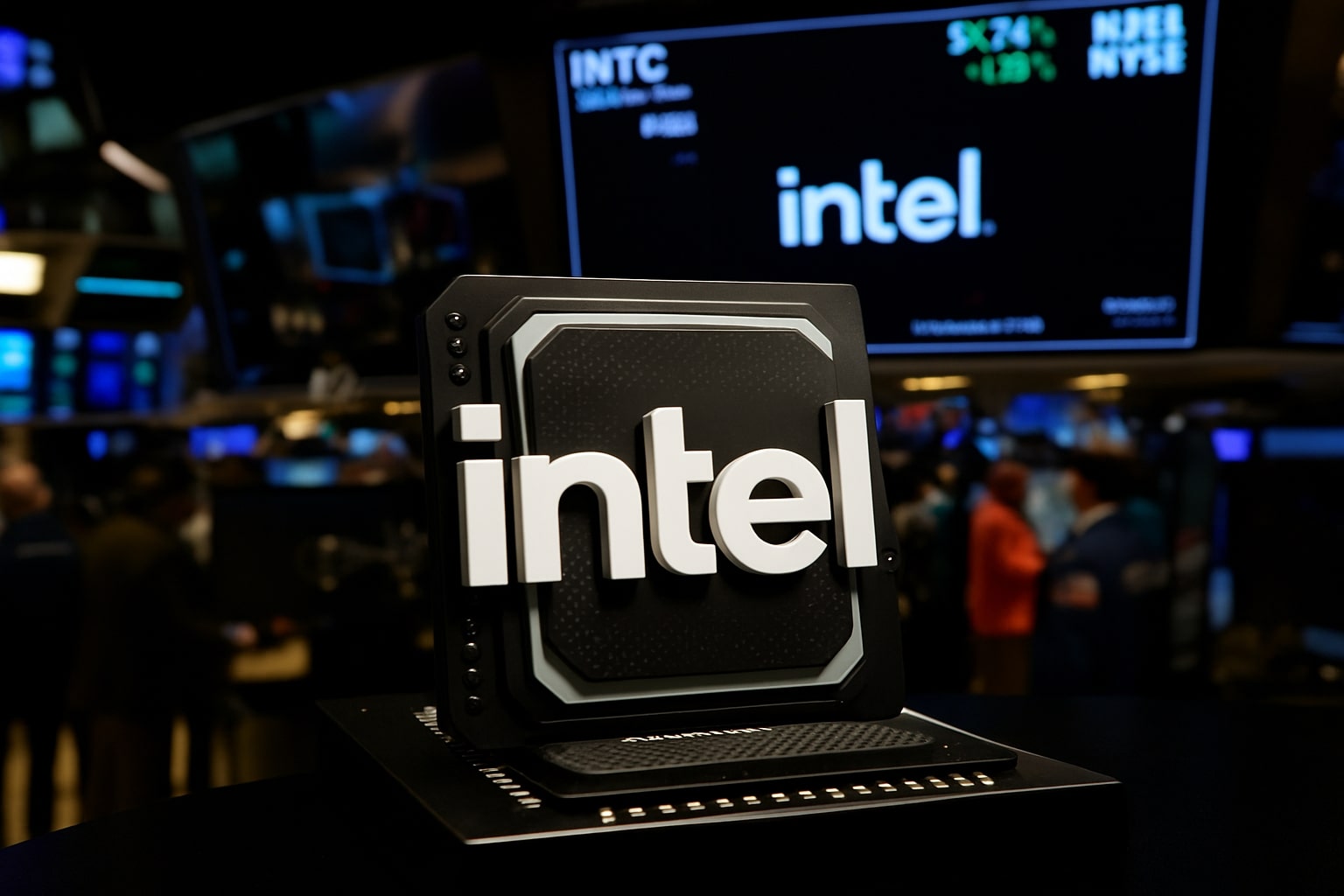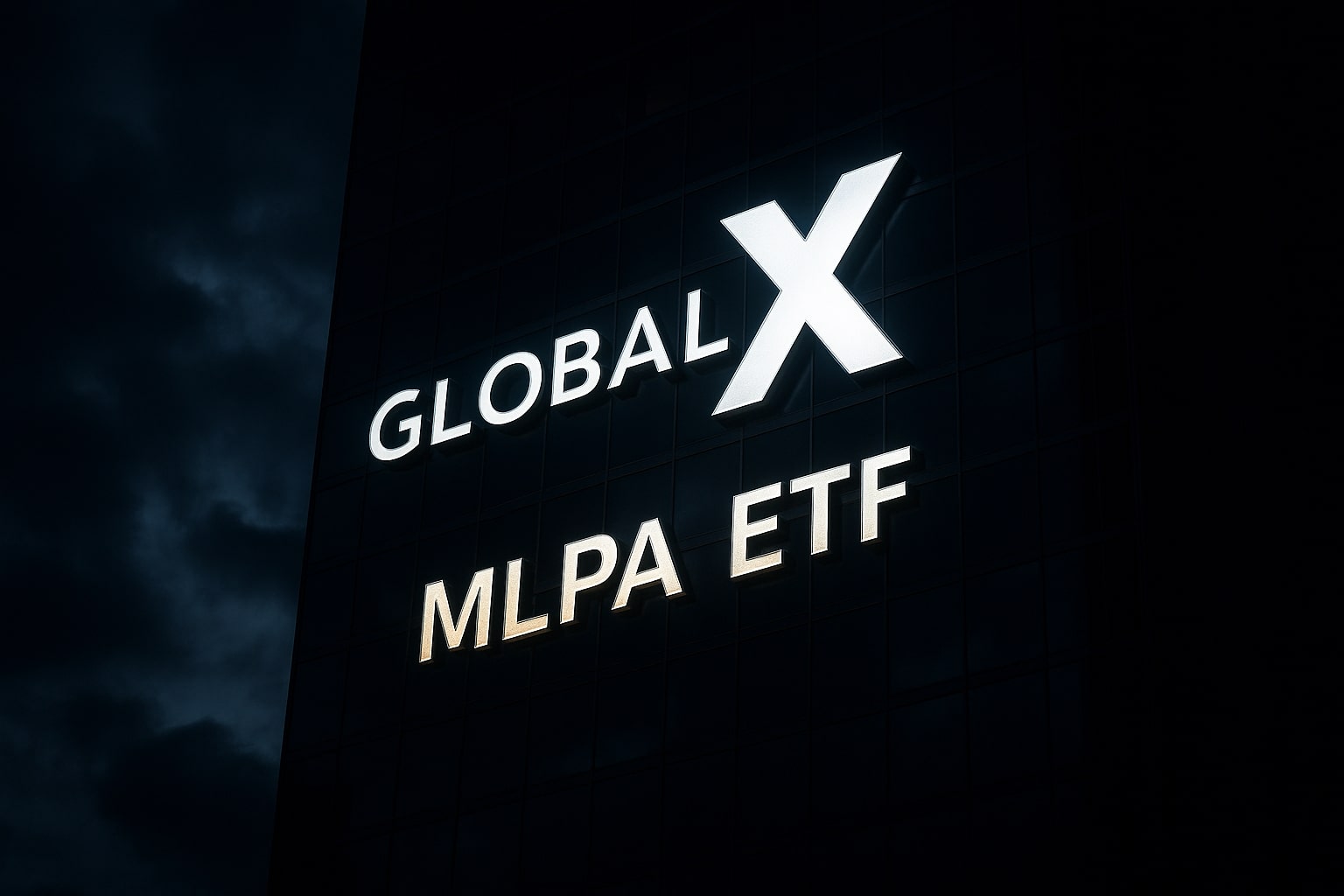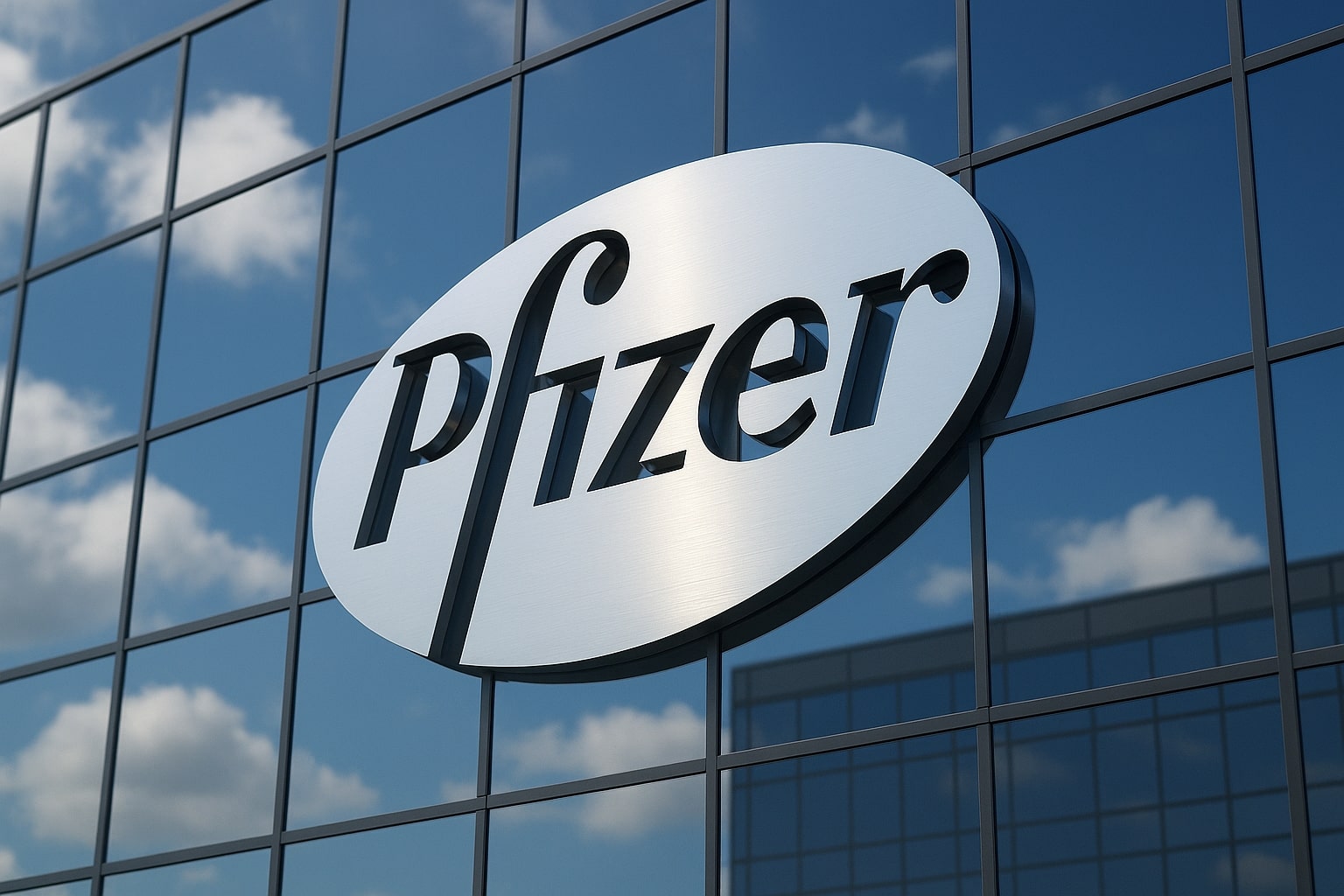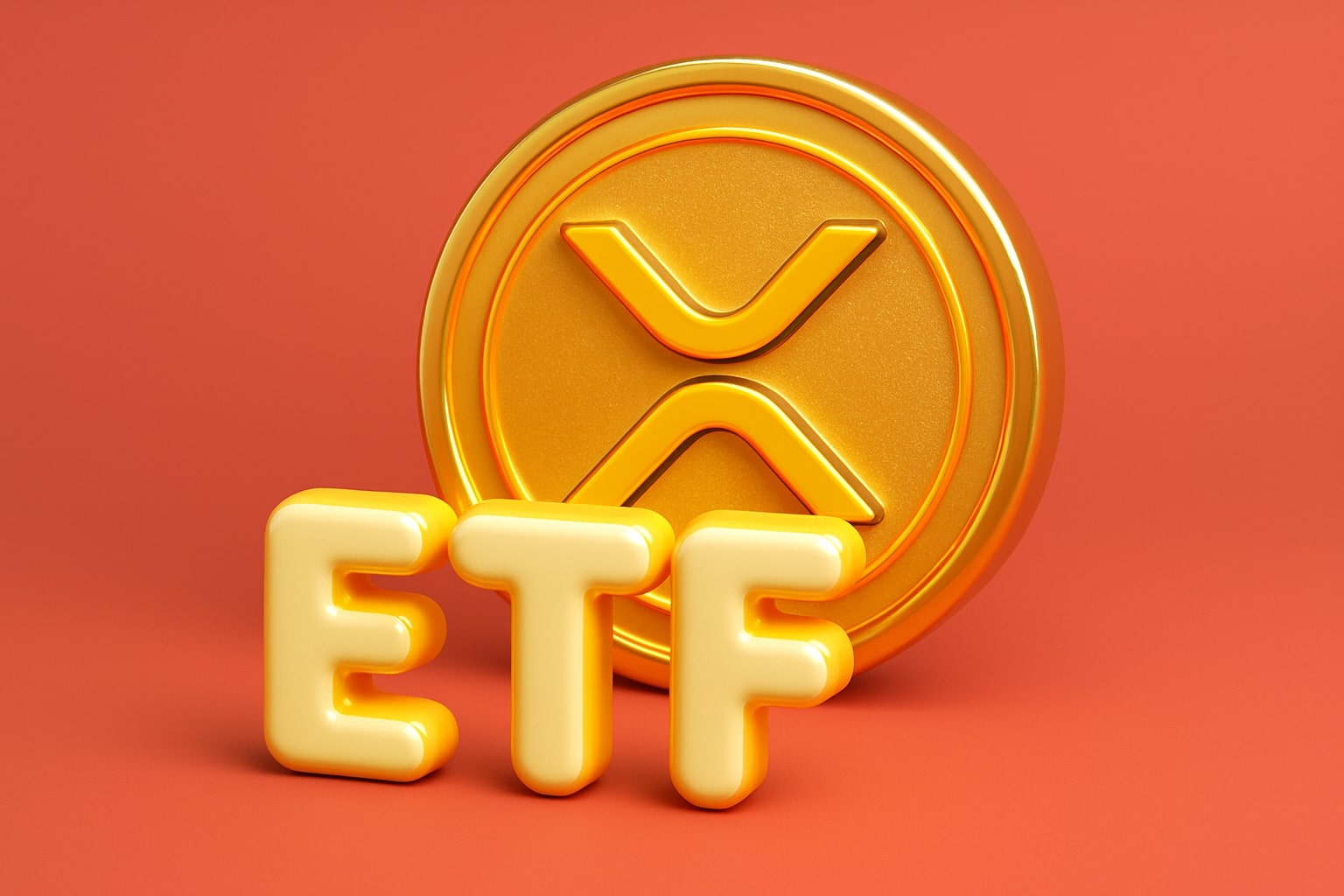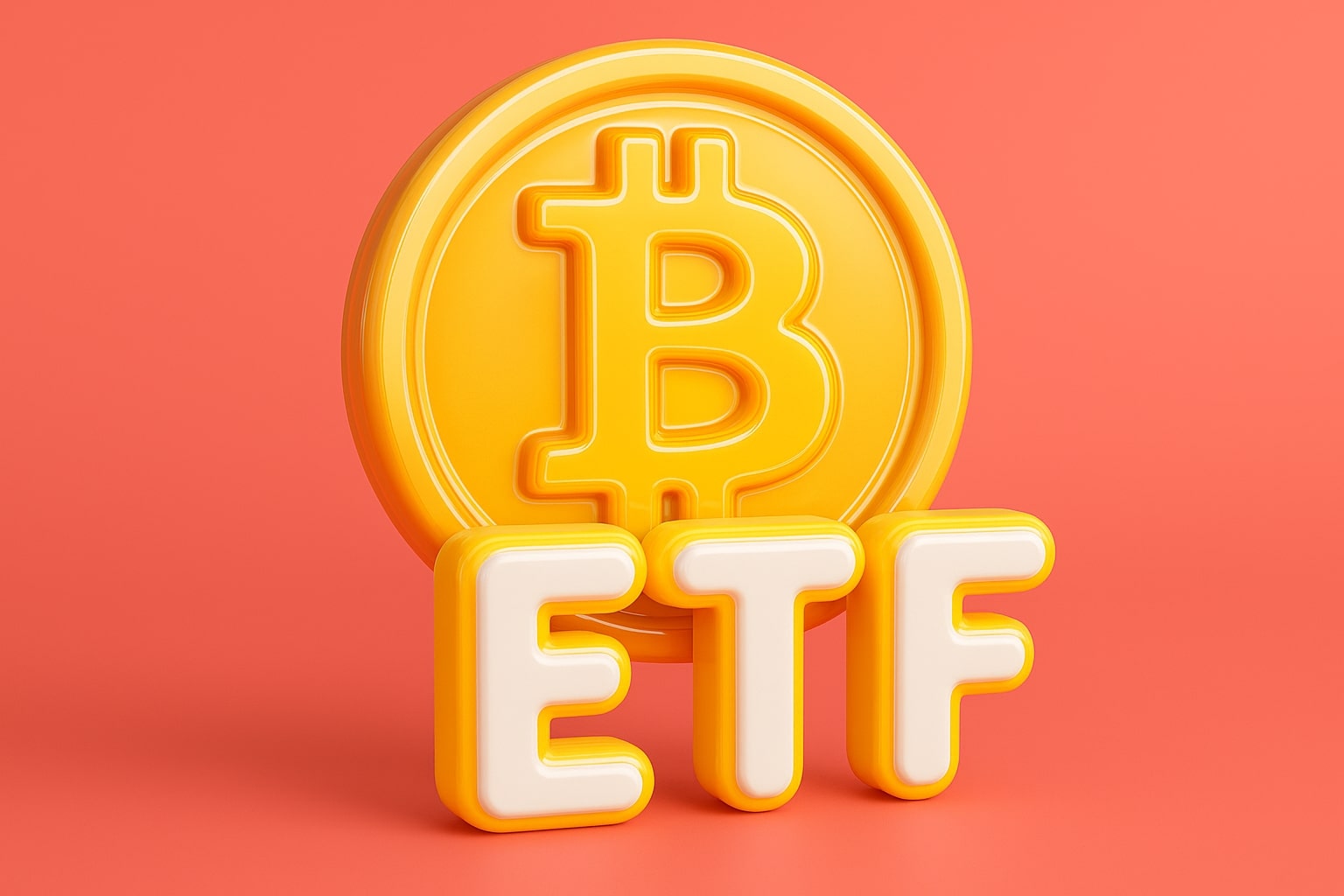Intel Foundry Services: America’s Answer to TSMC
At the heart of Intel’s transformation is its Foundry Services (IFS) division, which is central to CEO Pat Gelsinger’s goal of restoring U.S. semiconductor independence. Intel aims to grow IFS revenues to $20 billion by 2030, supported by capacity expansions and government incentives. Current facilities in Arizona and Ohio are being scaled to handle 18A node production — an attempt to compete directly with Taiwan Semiconductor Manufacturing Co. (NYSE:TSM) and Samsung Electronics.
Despite the ambition, profitability remains elusive. Intel’s foundry division continues to operate below break-even, hindered by low utilization rates and a limited client portfolio. Although the company has initiated talks with Qualcomm, AMD, and even Apple, no significant external fabrication contracts have yet been disclosed. The success of IFS will be pivotal for Intel’s valuation trajectory, as investors increasingly view foundry revenue as the defining metric of the company’s long-term credibility.
Valuation Surge Reflects Repricing of Expectations
Intel’s valuation metrics have shifted dramatically since early 2024. Its price-to-sales ratio climbed to 3.04 from 1.82, while price-to-book surged to 1.81. The forward P/E of 56.5 — up from 22.5 last year — indicates that investors are heavily discounting future profitability tied to AI and government-backed growth. The enterprise value now exceeds $207 billion, underscoring renewed market confidence.
The stock has outperformed the S&P 500’s 14.1% annual return with an 86.3% YTD gain, marking its strongest yearly advance since 2003. Still, Intel’s five-year return of 20.9% lags the broader index, highlighting the long path ahead for consistent growth.
Competition Intensifies as Nvidia and AMD Tighten Their Grip
Intel’s comeback faces fierce resistance from Nvidia (NVDA) and Advanced Micro Devices (NASDAQ:AMD), which dominate AI computing. Nvidia commands over 85% of the AI GPU market, while AMD has captured enterprise server demand with its EPYC Genoa and MI300X chips. Nvidia’s $4.5 trillion valuation and AMD’s $213.16 stock price, which surged 4.6% this week, underline investor preference for firms with proven AI margins.
Intel’s challenge lies in matching their ecosystem advantage. The company’s Arc Alchemist and upcoming Battlemage GPUs remain niche players, while its discrete GPU business contributes less than 2% of total revenue. Without a major GPU design win or large-scale foundry client, Intel risks falling behind in the very segment driving its re-rating.
Technical Outlook: Testing the $38.50 Resistance Zone
From a technical standpoint, NASDAQ:INTC is approaching a critical resistance area at $38.50, corresponding to the 61.8% Fibonacci retracement from the 2021 downtrend. Several failed breakouts around this level suggest strong selling pressure, though momentum remains constructive. A confirmed breakout above $38.50 could extend gains toward $44.30, while failure may trigger a corrective pullback toward $34.50 and $30.00.
Intel’s average trading volume of 118 million shares highlights sustained investor participation. Its beta of 1.33 shows heightened sensitivity to market volatility, while a modest short interest of 2.17% indicates limited bearish conviction. Institutional ownership exceeds 65%, led by firms such as SteelPeak Wealth LLC, which holds 413,000 shares valued at $9.25 million. All insider transactions can be reviewed at TradingNews Intel Insider Activity.
AI-Centric Product Roadmap: Reclaiming Technological Relevance
Intel’s strategic pivot toward AI-first architectures is central to its long-term vision. The Panther Lake platform, launching in 2025, introduces Intel’s first fully AI-integrated consumer CPU line, promising 35% better performance-per-watt and native AI inference acceleration. The upcoming Clearwater Forest data center processors will leverage hybrid x86 and GPU modules optimized for training and inference workloads — a direct challenge to Nvidia’s H100 and AMD’s MI300X.
Intel’s AI-driven vPro enterprise platform delivers 25% faster neural processing for corporate applications, enabling productivity and security functions without offloading data to cloud networks. These innovations indicate Intel’s commitment to embedding AI in every level of computing — from desktops to hyperscale environments.
Risks and Valuation Headwinds Persist Despite the Rebound
Intel’s comeback, while impressive, remains vulnerable to execution risks. Its -38.6% net margin exposes persistent inefficiencies in production. The company’s 29% revenue exposure to China creates ongoing geopolitical fragility, especially as Beijing accelerates domestic chip self-sufficiency efforts. Meanwhile, foundry utilization rates below 60% continue to strain cash flow.
Analysts forecast 2025 EPS of $0.12, down 86.9% YoY, with recovery toward $0.63 projected in 2026 — an ambitious climb given rising CapEx commitments and AI competition. Forecast price targets range from $14.00 to $43.00, illustrating the market’s deep divide over Intel’s valuation.
TradingNews Verdict — NASDAQ:INTC: Hold (Cautious Optimism for Long-Term Rebuild)
Intel’s rally represents a powerful narrative shift, supported by state backing and strategic alliances, yet it is not free from fragility. With shares near $37–$38, the risk-reward balance looks stretched in the short term, and investors should brace for volatility around the $38.50 resistance. However, the company’s structural overhaul — from AI chips to foundry independence — signals long-term strategic revival.
TradingNews.com maintains a Hold rating on NASDAQ:INTC, with short-term caution and long-term optimism. The next key catalyst will be Q3 2025 earnings on October 30, where visibility into foundry utilization and AI chip adoption will dictate whether Intel can transform speculative enthusiasm into sustainable industrial dominance. View Real-Time Chart for INTC.














